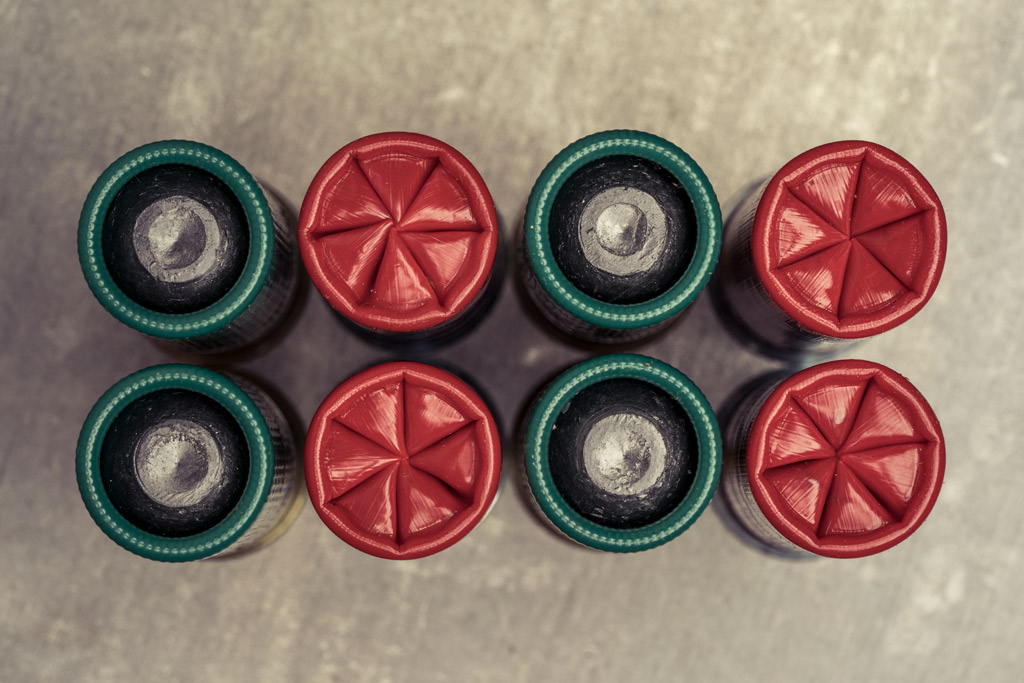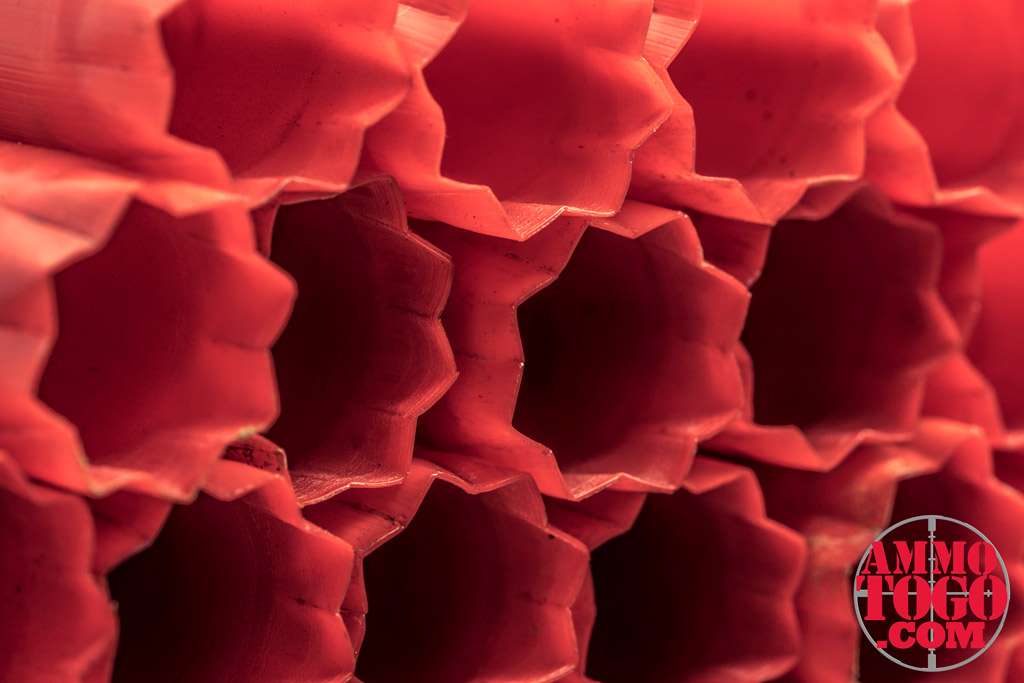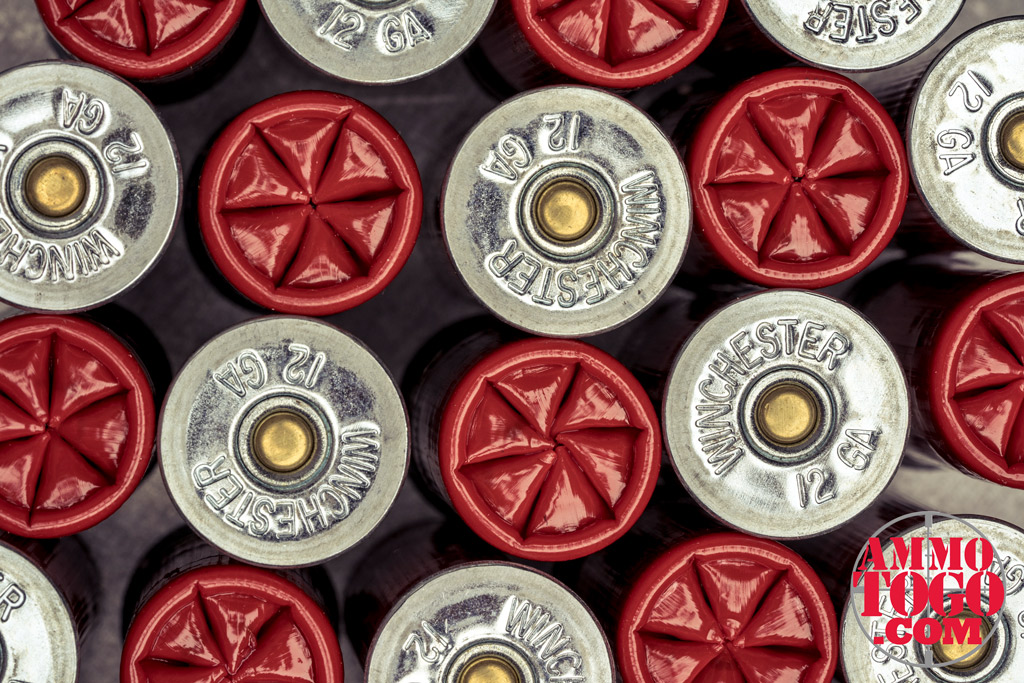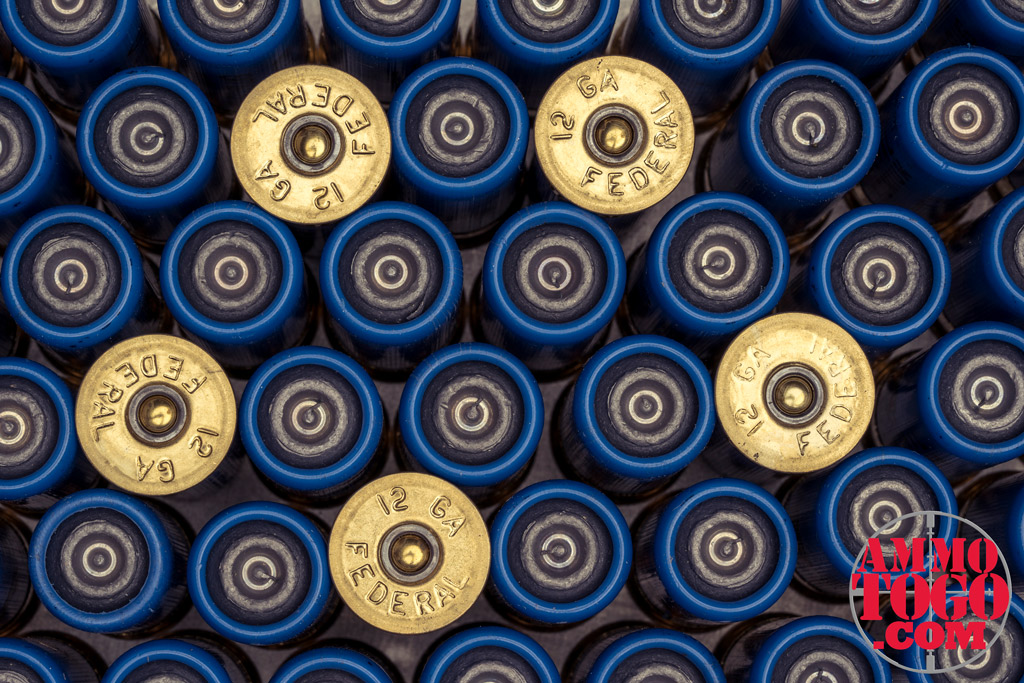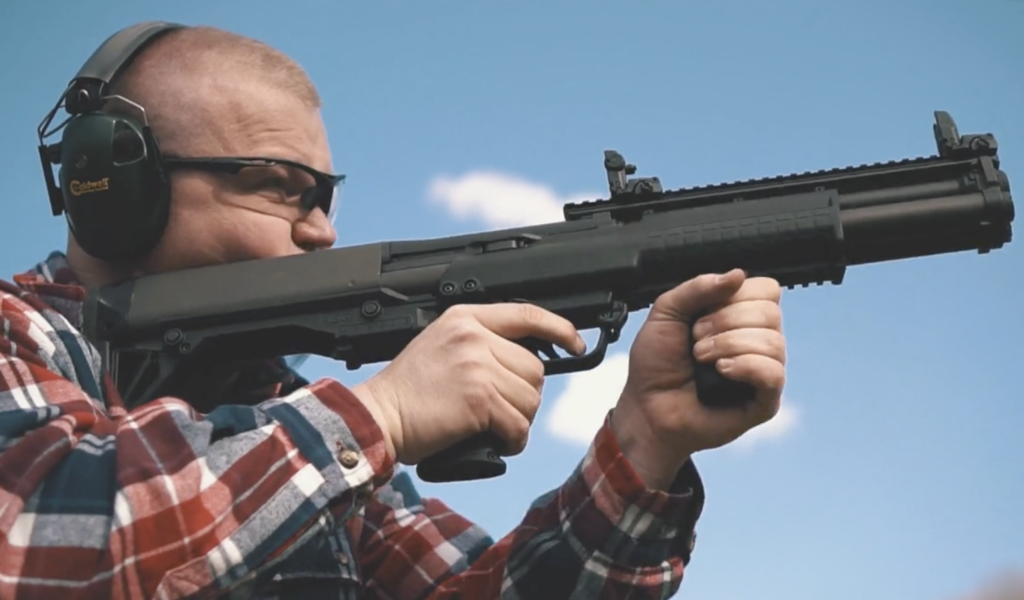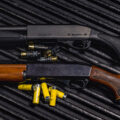Generally speaking, there are two types of finishes on shotgun shells – but what’s the benefit of going with rolled vs. folded crimping for your shotgun shells?
If you look at the front end of a shotgun shell, you will likely see a star or pie-shaped folding at the top of the shell. This is the “crimp.” While most shells use a “folded crimp,” a “rolled crimp” has specific advantages for shooters.
Understanding how folded vs. rolled crimping impacts the performance and use of these shells is important if you want to get the most out of your shotgun.
Rolled vs. Folded Crimping in Shotgun Shells
The Purpose of the Fold Crimp
The need for a reliable crimp at the end of a shotgun shell seems fairly obvious. With rifle and pistol cartridges, the whole package is sealed by securing the bullet at the end of the case. Using a firm but releasable fit, the bullet essentially plugs the end of the round; the propellant, in this case the bullet, can’t fall out.
But what about a shotgun shell loaded with pellets? What’s to keep the birdshot from spilling out? This is where the crimp comes in.
But that’s not the only purpose.
Proper crimping also helps create the appropriate pressure by not allowing premature movement of the projectiles. When you fire a shot, it seems like things happen instantaneously. If you slow it down to microseconds, you find that the shot occurs in a step-by-step process. When the propellant is ignited and starts to burn, it creates internal pressure that builds until it is released at the weakest point. That weakest point is typically the front of the cartridge. It’s only when pressure is high enough that the violent ejection of the bullet or shot occurs.
If the pressure is allowed to release before it builds, you would have less velocity and energy. By keeping pressure in the shell until the exact moment, the crimp prevents premature movement and ensures better shot performance.
When loaded properly, a good crimp ensures the release of shot at a predictable moment. It’s not too early, not too late. Again, this all happens in about the snap of your fingers, but the timing of the shot still matters, even if we can’t comprehend the process.
Finally, the crimping protects the internal components of the shot from wetness and contamination. If left exposed, the shot and the propellant could be contaminated by dust, water, and other material. This could damage the shell’s abilities to perform as needed.
As you can see, a crimp serves a lot of purposes. There are, however, two types of crimps that impact the functionality and the reusability of the shell.
Folded Crimping
The most common type is a folded crimp like you see above with Winchester’s 12 gauge ammo. With this crimp, the end of the shell is folded over into a pie-shaped pattern. If you look at the top of the shell, you can see small triangles, much like the lines on a cut pie. There are usually six or eight pie pieces at the top of a folded-crimp shell.
To make folded-crimp shells, manufacturers and ammo loaders load the shell until it has roughly a quarter of an inch (give or take) remaining from the load to the end. Then they use special tools to precisely fold the remaining shell material over the shot. This seals the package.
Because it is generally the most affordable and easiest to manufacture, the folded crimp is the most common type. If you look at a package of leftover hunting shells, you will likely see that they have the distinct pie-shaped pattern of the folded crimp.
Rolled Crimp
With a rolled crimp, you have a separate piece that creates the seal for the front of the shotshell. Instead of folding the end of the shell over on itself, a rolled crimp has a small cap that fits over the end of the shell. Shaped like a small disc or plate, this cap, called a “card,” gets set into place and the shell will be crimped around the edge of the cap to create a firm grip.
Ammo manufcturers make these cards from different material depending on the purpose. They can be a stiff paper, like a dense cardboard, that creates the seal you need. Many ammo companies also make them with a clear plastic material that disintegrates when fired.
Advantages of Rolled Crimps
A rolled crimp has many advantages over folded crimps, even though the folded versions are far more common. Loads using large pellets, including buckshot or large birdshot, can fit more of a shot load into the shell with rolled crimps. This is because rolled crimps don’t need a portion of the shell wall itself to create the seal. With folded crimps, you need to leave about an eighth of an inch at the top; with rolled crimps you can basically fill the shell all the way to the top.
Another advantage of rolled crimping is that you can see what you have loaded into the shell. When using a clear card, you can simply peer into the shell at the top and see, for example, if the shell contains large brass pellets or small steel shot. Most shots are labeled, but if you are reloading shells, this can help you stay organized.
There is also the potential for better, or at least consistent, shot performance from rolled crimping. It’s believed that rolled crimping may provide a more consistent shot-by-shot chamber pressure, releasing the shot with greater consistency. With shot performance of multiple rounds, consistency can often result in better accuracy. For example, if you are duck hunting, it’s best to have a consistent shot performance that will help you maintain shot placement throughout multiple rounds.
Size Differences Between Rolled and Crimped Shotgun Shells
As we alluded to, there is an overall difference in the length of shells that are loaded with folded or rolled crimps. This size difference can impact how you use the shells, as well as how many shots you have available in your firearm at one time.
It is easy to assume that a 2 3/4-inch shell would be the same length no matter how it’s loaded. After all, it’s marketed as “2 3/4-inch.” But if you measure rolled and folded-crimp shells, you will see that the folded has an overall length is about 1/4 inch shorter than rolled. (They are both less than 2-3/4.)
Shells are measured when the shell is unfolded, so a folded crimp is actually shorter than a rolled-crimped shell. This comes into play when you load rolled crimp shells into a firearm. You may find that a shotgun that is rated for nine shells can only load eight rolled-crimp shells because they are slightly longer.
With this knowledge, you’ll be able to choose the right shotgun shells for your needs.
